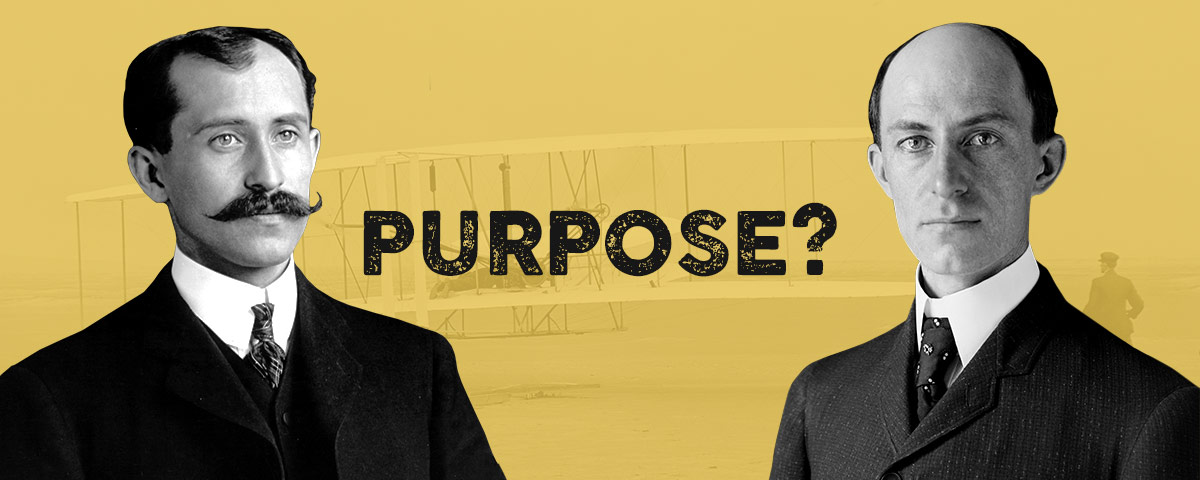Maybe you’ve had harrowing experience in air travel, but at least you’ve never suffered the Muppet treatment—getting dropped off halfway. An airline may ask you to give up your seat, but it won’t eject you mid-flight.
For many good reasons (particularly altitude) airlines are picky about when and where you disembark. Other types of transportation, not so much.
- Trains or buses let you off at any stop along their route.
- Automobiles give you license to Kerouac.
- But planes take you to just one place per flight—departure to destination.
That’s also the point of a landing page.

“Landing page? What’s that?” asks Wilbur. (He’s someone else reading this article—a bike mechanic from North Carolina, I think.)
Good question, Wilbur. At its simplest, a landing page is any web page you reach by responding to an ad. You could land there by clicking on a web banner (who does that?), by following a link in an email, or even by typing out a web address you saw on a billboard.

“Wait a minute,” says Orville. (That’s Wilbur’s moustached older brother.) “If any page you land on is a landing page, then any web page can be a landing page, right?”
Technically yes, Orville. But practically speaking, not every web page makes a good landing page. In fact, most don’t—just like not every flat stretch of earth makes a good runway. Sure, you can land on a beach or in a wheat field, but it’s going to be a crash landing. What we want instead is a perfectly smooth touchdown, and for that, we need a dedicated landing page.
“A dedicated page? Sounds committed,” says Wilbur. “And loyal,” says Orville.
Actually, yes, it’s both. A dedicated landing page is committed and loyal to one—and only one—marketing campaign. It’s made to be the destination of ads in that campaign and to accomplish just one purpose.

“What’s the purpose?” ask the Wright brothers in awkward unison.
That's the Wright question! The purpose is conversion, but not the spiritual kind. In this case, converting someone is just winning them over—getting their attention, then getting them to take an action based on the goal of the marketing campaign. It could be buying a product, applying for a job, or subscribing for a free download.
Dedicated pages can help your conversion rate take off for a couple of reasons.
- They add to your ads. Landing pages (should) match the look and message of the ads, but build on them. You could think of them as extended versions of your ads—what Paul Harvey might have called “the rest of the story.” This match between ads and pages also assures people they’ve arrived at the right location—and not been dropped off at some halfway point like the Muppets.
- They subtract everything else. Whereas a full website is like a major airport that’ll take you lots of places, a landing page is a single, remote airstrip. You arrive, and you’re there. That’s it. There’s no nav menu to go elsewhere. There’s nothing except the offer and the call to action. This lack of distraction makes landing pages powerful conversion tools.
Now that we've explained the purpose of these pages, we’ll bring this article in for a landing, but in our next one, we’ll provide a preflight checklist for landing pages—the features they need to be flightworthy.
Until then, buh bye.



